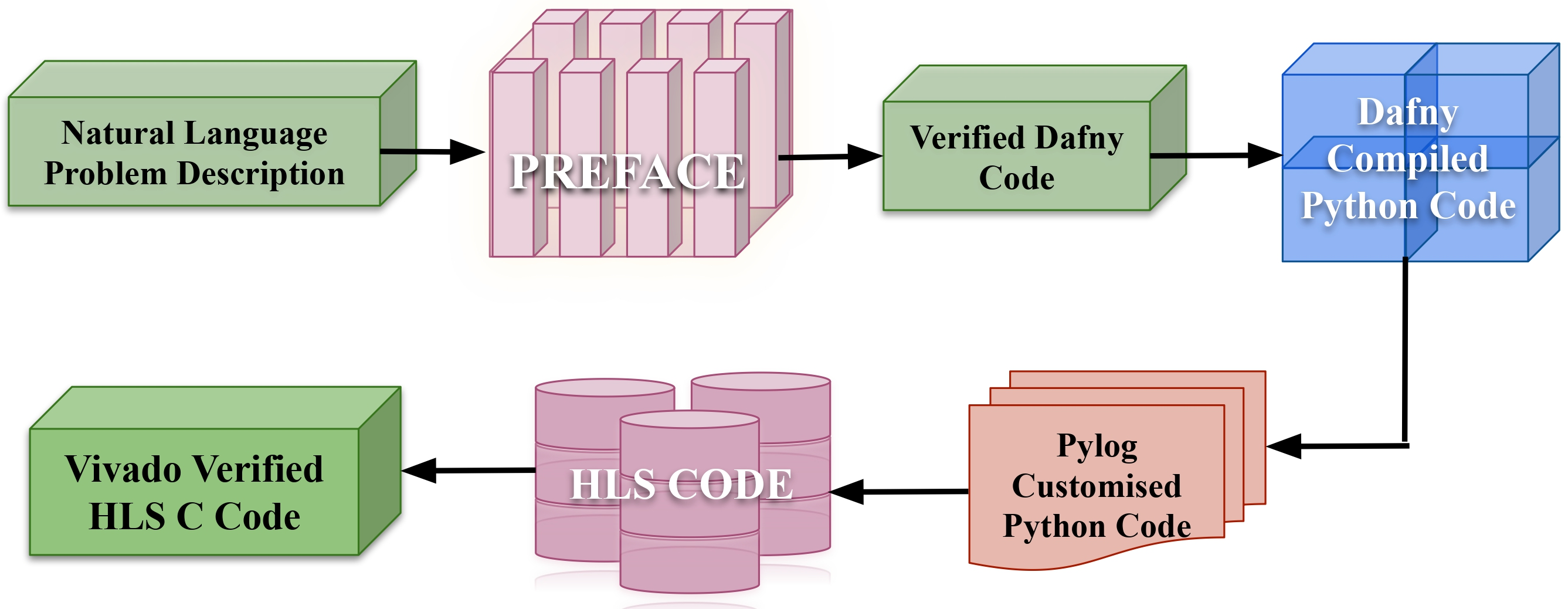Proof2Silicon: Prompt Repair for Verified Code and Hardware Generation via Reinforcement Learning (2509.06239v1)
Abstract: LLMs have demonstrated impressive capabilities in automated code generation but frequently produce code that fails formal verification, an essential requirement for hardware and safety-critical domains. To overcome this fundamental limitation, we previously proposed PREFACE, a model-agnostic framework based on reinforcement learning (RL) that iteratively repairs the prompts provided to frozen LLMs, systematically steering them toward generating formally verifiable Dafny code without costly fine-tuning. This work presents Proof2Silicon, a novel end-to-end synthesis framework that embeds the previously proposed PREFACE flow to enable the generation of correctness-by-construction hardware directly from natural language specifications. Proof2Silicon operates by: (1) leveraging PREFACE's verifier-driven RL agent to optimize prompt generation iteratively, ensuring Dafny code correctness; (2) automatically translating verified Dafny programs into synthesizable high-level C using Dafny's Python backend and PyLog; and (3) employing Vivado HLS to produce RTL implementations. Evaluated rigorously on a challenging 100-task benchmark, PREFACE's RL-guided prompt optimization consistently improved Dafny verification success rates across diverse LLMs by up to 21%. Crucially, Proof2Silicon achieved an end-to-end hardware synthesis success rate of up to 72%, generating RTL designs through Vivado HLS synthesis flows. These results demonstrate a robust, scalable, and automated pipeline for LLM-driven, formally verified hardware synthesis, bridging natural-language specification and silicon realization.
Paper Prompts
Sign up for free to create and run prompts on this paper using GPT-5.
Top Community Prompts
Collections
Sign up for free to add this paper to one or more collections.

